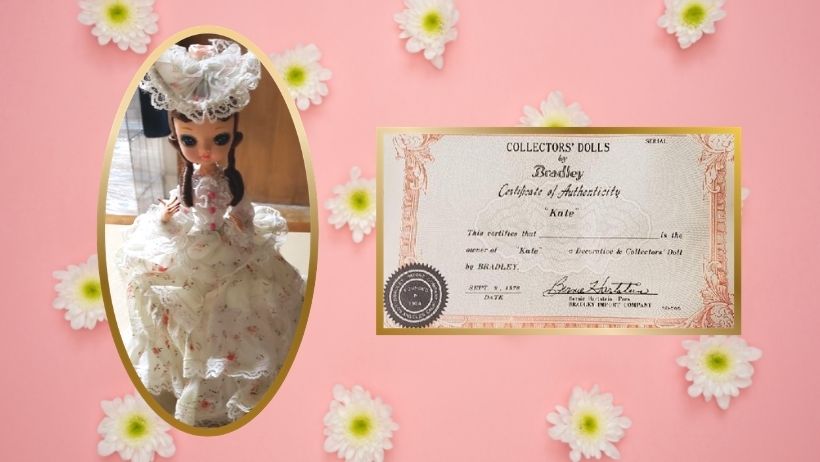When I was a little girl I was a collector of Madame Alexander dolls. I had an entire shelf dedicated to these beautiful dolls that I was not allowed to play with. There they sat, their boxes neatly packed away, clothes unruffled. Every once in a while I would take one down and admire it, then carefully place it back on the shelf. Did you have a collection like this? Maybe yours was comic books or baseball cards. With these precious collections the story tends to be the same. You search out and finally acquire a new special item. The first day that it’s part of your collection, you admire it, and then carefully, gently place it into the protective covering for safe keeping. Occasionally you might take out this item or others in the collection to have a look, and then neatly pack it away once more.

While it sounds like this type of hobby wouldn’t hold a child’s interest, there’s something special and powerful about having something you take such good care of. This act of protecting, guarding, and checking in takes both dedication and self control.
This week we begin the fourth book of the Torah, Sefer Bamidbar. The Israelites are now in the desert, and the groundwork for the structure of their future has been laid. Army leaders are appointed to lead alongside Moses and Aaron, a census is taken of the people, and we learn that the camps are situated in a specific order, each with a flag in the center that tells us which tribe is there. The time spent in Egypt is a distant memory at this point.
As the Israelites are in their wilderness experience, God instructs Moses to count the whole Israelite community. The language used by God for this process is “lift the head.” In other words, each person is to lift up their head and direct their eyes and heart toward the heavens so that they can be counted. Lifting of a head also connotes a certain pride in who they are, and who their ancestors were. This act in this moment asks the Israelites to actively see themselves as connected to God.
But this also raises the question why is God counting the people? Doesn’t God know who they are and how many to expect? What is the purpose of this inspection? As an answer, a midrash imagines God as a collector of precious jewels. From time to time this collector might take out their collection and inspect each one, relishing in their beauty and uniqueness, tallying them up to make sure every jewel is accounted for, even if the collector is well aware of how many there are.
When we collect things we often keep them in treasure jars or a protective wrapping. Sometimes we take them out to admire them or even just to make sure they’re still there. The census in Parshat Bamidbar suggests that regardless how you view God, each of us is a unique “collector’s item” in the world’s collection of humans. It’s also a reminder that we should recognize the uniqueness in each other. How different the world might be if we all saw and admired the precious, one-of-a-kind jewel within every one of us.



